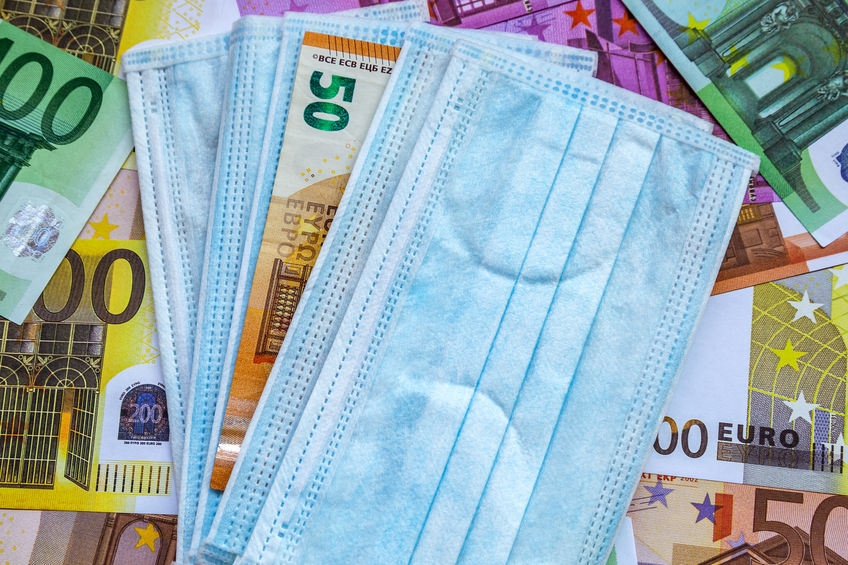Third Wave Looms Over Europe
GBP
Although there was significant intraday volatility throughout the week the pound ended the week flat versus the euro and down 0.4% to the dollar. The Bank of England’s monetary policy committee meeting was the main talking point for the where the bank voted to unanimously keep rates at 0.1%. Though the pound did not rally off the back of the decision, the narrative surrounding the central bank and the economy over coming months will likely be supportive of sterling. However, Andrew Bailey emphasised interest rate hikes are still a long way away in the future, which appeared to deflate some of the longer term enthusiasm for Sterling. On the data front, Government borrowing in February was £19.1BN which is below the market consensus expectation for a more sizeable £21.4BN, suggesting the government is on course to undershoot borrowing forecasts set out in the March budget.
This week is very data heavy for the pound with January’s unemployment rate on Tuesday, which should remain stable. March’s headline CPI on Wednesday, which is set to increase modestly but markets need to wait until April to see a more meaningful jump in prices. March Services PMI are also on Wednesday and should move back into the expansionary territory. February Retail sales on Friday are expected to only partially recover after January’s sharp fall. Overall, the outlook for the pound is still positive but will fail to move higher until the shakeout in the US bond markets calms down.
USD
Like the Bank of England meeting there were no real surprises with the Fed as they too kept rates on hold at 0.25%. Jerome Powell spoke about the bond market stating that the Fed have left the long end of the US treasury market “unprotected”, this was proven by the subsequent spike in US 10-year yields to 1.75%. The disorderly sell-off in treasuries continue to affect the FX markets causing further short-term demand for the dollar. Data wise, Retail sales missed the target of -0.5% significantly being recorded at -3% as US consumption continues to be affected badly by COVID-19.
The disorder in the US treasuries market is likely to continue to drive the dollar higher in the first half of the week before settling down, according to some analysts. This is likely because of US February data is expected to come in on the soft side and a dovish tone expected from Federal Reserve speakers this week. Other data of note comes on Friday with GDP for Q4 expected at 4.1% which is the same as the previous reading. The dollar may get further boost if risk sentiment continues across the globe as investors look for a safe havens.
EUR
The euro had a torrid week as it was the worst performing G10 currency, most notably declining by 0.4% against the dollar. The EU’s poor management of the pandemic continues to drag down the single currency as last week they banned the Astrazeneca vaccine only to reinstate it by the end of the week. Third waves now look a reality for the likes of France, the Netherlands and Italy, triggering fresh lockdowns and delaying the day when Europe can play its part in the global recovery. Until the EU start vaccinating significant percentage of the population the euro will continue to struggle.
This week the focus will be how much the ECB increased its PEPP bond buying. An increase in net weekly buying to above EUR20bn would be seen as sizable and could provide some support to European debt markets and perhaps even slow the rise in US yields. Data-wise the highlights will be the first look at March PMIs for the larger European economies and the German Ifo. Let’s see whether any optimism in the lagging services PMI starts to come through. We’ll also see a whole host of ECB speakers.
If you have an upcoming currency requirement and would like to hear more about what is affecting the markets in the coming weeks, please contact us on 020 3876 5432.
